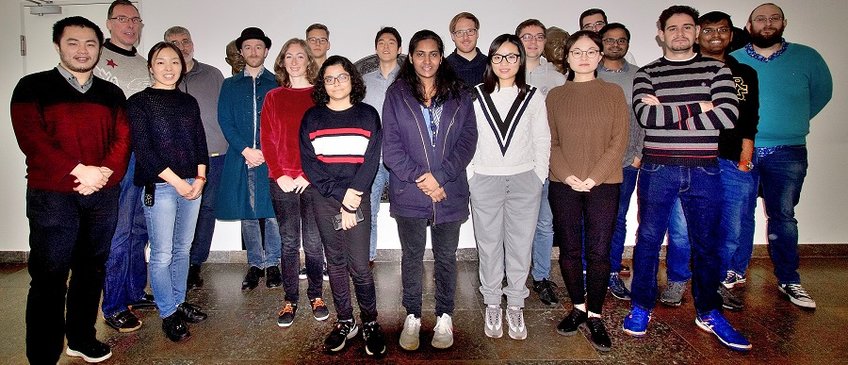Thermoelectric materials can be used to generate electricity from a heat source through the Seebeck effect, whereby a temperature difference leads to a difference in voltage for power generation. The opposite effect, known as the Peltier effect, is exploited for heating and cooling for instance. The efficiency of the conversion can be increased by introducing defects that efficiently scatter phonons, i.e. the carriers of lattice vibrations and hence heat, but do not affect much the movement of electrons so as to maintain good electrical conductivity.
more


